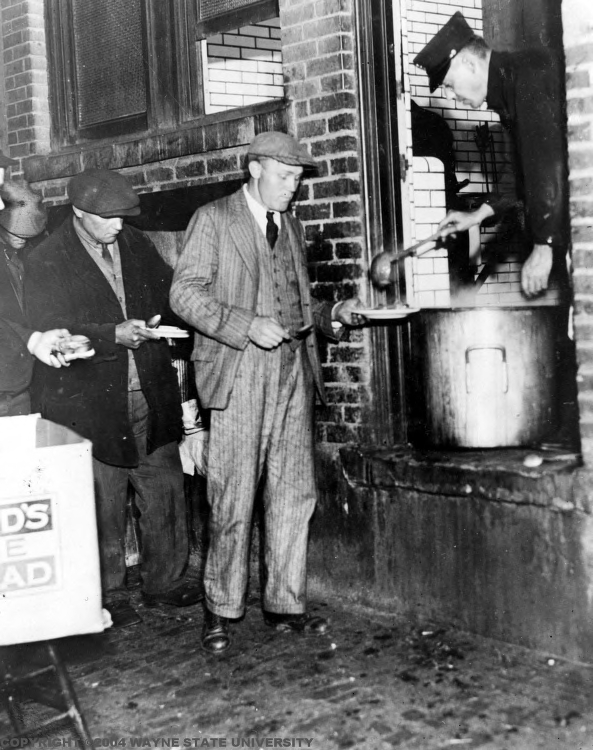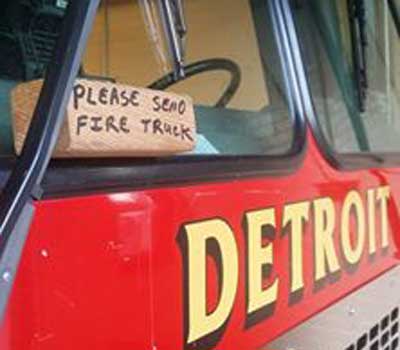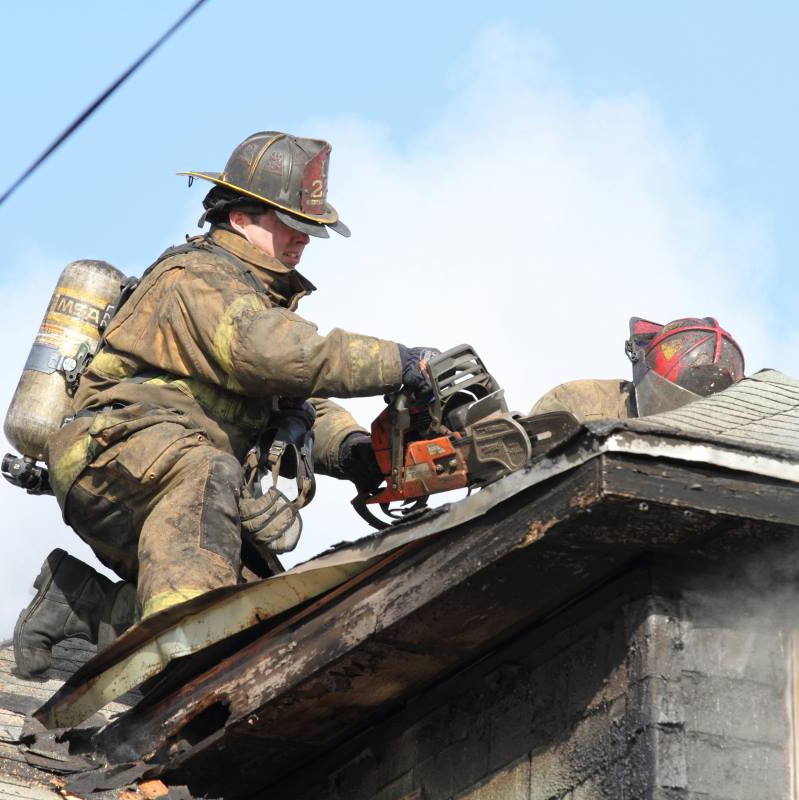For the second time in less than 2 years Detroit’s Ladder 22 has had a chainsaw and a large K-14
Category: history

Today in Detroit Fire Department history – Detroit Firefighter Line of Duty Death October 15, 1917 Detroit Fire Department Substitute
This morning Detroit Firefighters were called out to a fuel tanker that had jackknifed and slid into a church. The accident caused a natural gas

Today in DFD history 1931 – October The first depression soup line began at Engine 1. It was soon extended to 30

Move over pop can alert, here comes the Detroit Fire Wooden Block Alert! By now you’ve seen the Colbert Report
Detroit Firemen’s Field Day holds a special place in the hearts of those who grew up the child of a

Shortly after the article on the Tradition of Detroit Firemen’s Field Day our friend, retired Detroit Firefighter Wayne Isken, emailed

Today in DFD history – July 23rd – 28th, 1967 During Detroit’s worst civil disturbance the Detroit Fire Department was taxed beyond
Below is Chapter One from “38 Years a Detroit Firefighter’s Story” by retired Senior Chief Bob Dombrowski. The book is a memoir in
Today in Detroit Fire Department history – August 26, 1948, Detroit Firefighter Line of Duty Death Detroit Fire Department Sargent Charles
